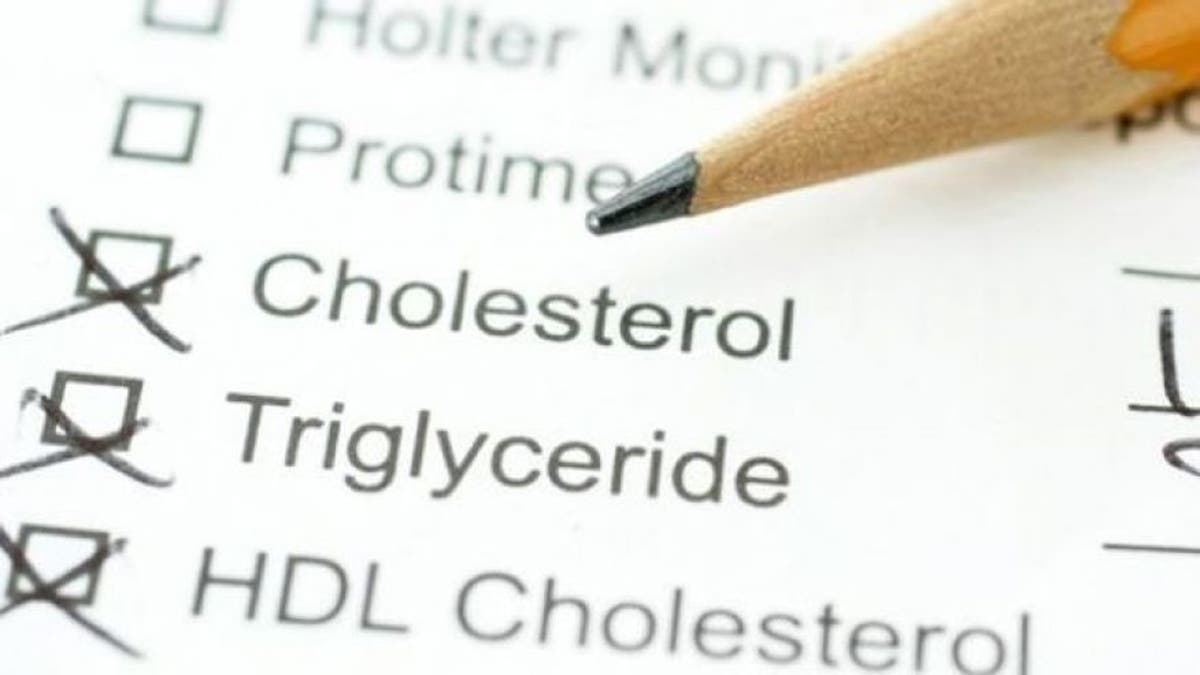
Americans are moving in the right direction when it comes to cholesterol levels, a new report finds.
Between 1999 and 2014, the percentage of adults with levels of total cholesterol that are considered too high has steadily declined, according to the report from researchers at the Centers for Disease Control and Prevention.
The percentage of adults with high total cholesterol decreased from 18 percent in 1999 to 2000 to 11 percent in 2013 to 2014, according to the findings, published today (Dec. 1). [Cholesterol Levels: High, Low, Good & Bad]
The percentage of adults who had low levels of HDL cholesterol also decreased; falling from 22 percent in 2007 to 2008 to 20 percent in 2013 to 2014. HDL cholesterol is considered the "good" type of cholesterol, so lower levels are considered less healthy.
The decrease is likely due to more people taking cholesterol-lowering medications, said Dr. Robert Block, an associate professor of public health sciences at the University of Rochester Medical Center in New York, who was not involved with the report.
Most people have not changed their diets greatly enough to lower their cholesterol levels, Block told Live Science. Rather, the decline is probably because of changes in guidelines for prescribing statins, he said. In addition to lowering people's total cholesterol levels, some statins also raise HDL levels, he added.
Still, the results are good news for the population in general, Block added.
Indeed, the new findings put Americans in line with the U.S. Department of Health and Human Services' goal for cholesterol levels, which were outlined in the department's health initiative, Healthy People 2020. The goal was to reduce the percentage of adults with high total cholesterol to 13.5 percent by the end of the decade.
While the overall trends show improvement, not every group reached the goal of 13.5 percent. For example, among adults ages 40 to 59, 16 percent had high total cholesterol.
People in this age group are less likely than older people to be taking a statin, Block said. Oftentimes, it's not until people get older or have a heart attack or stroke that they start taking these medications, he said.
In addition, there were differences between men and women. High total cholesterol was more prevalent in woman than men at ages 40 and older, according to the report. But the prevalence of low HDL cholesterol was much greater in men than in women, across all age groups.
The differences between men and women are not surprising, Block said. It's likely related to the effects of estrogen, he said.
For the report, the researchers considered levels of total cholesterol to be "high" if they were at 240 milligrams per deciliter (mg/dL) or more, and the cutoff for "low" HDL cholesterol was levels of less than 40 mg/dL, according to the report.
- 9 Healthy Habits You Can Do in 1 Minute (Or Less)
- Top 10 Amazing Facts About Your Heart
- 7 Medical Myths Even Doctors Believe
Copyright 2015 LiveScience, a Purch company. All rights reserved. This material may not be published, broadcast, rewritten or redistributed.
